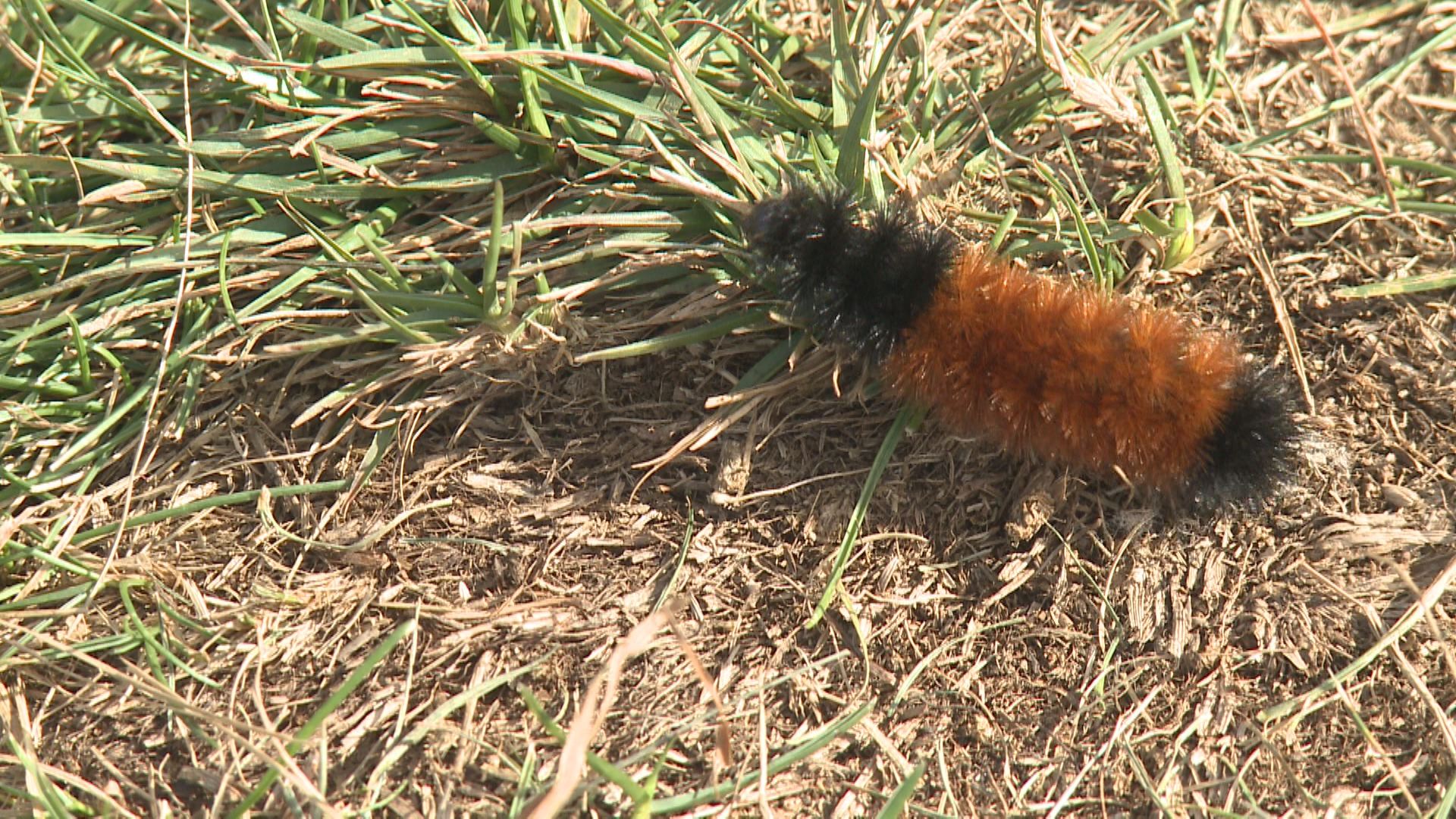

Barry’s luck changed, and he started to catch trout.

Russ, a true gentleman fly fisherman who was always willing to share his knowledge of fly-fishing and fly-tying gave Barry one of his Woolly Buggers to try. This type of fly normally was not very productive on the Lehigh River and especially in August.

Barry was shocked to find it was a streamer. Barry went over and asked what fly he was using. In a 30 minute period, he netted four nice trout. Other flyfishermen nearby were also having the same problem, that is all except one, Russ Blessing. He had been trying to imitate the dobsonfly lavaīack in 1967 on a hot August afternoon flyfishing journalist Barry Beck was having a hard time getting the fish to bite on the Little Lehigh River in Pennsylvania. He had designed it to fish the smallmouth bass in the streams near his home. The Woolly Worm is a very old fly that can be found in Izaak Walton’s 1653 book “The Compleat Angler.” Russell’s original Woolly Bugger had a black marabou tail, and a black hackled olive chenille body. He found that even if fished dead-drift the fly still had movement. Here’s more about the fly by Craig Moore of T he English Fly Fishing Shop, excerpted and edited as follows.Ī Harrisburg, Pennsylvania fly tier, Russell Blessing tied the first “Buggers.” He added a marabou tail to a Woolly Worm fly, to help suggest a swimming movement as the fly was retrieved in the water. Here’s a bit of the fly’s origin by Kirk Werner of Fly Rod & Reel ( Read story. A bugger is both tyer and material adaptive – anything goes, just like Lefty’s Deciever.


 0 kommentar(er)
0 kommentar(er)
